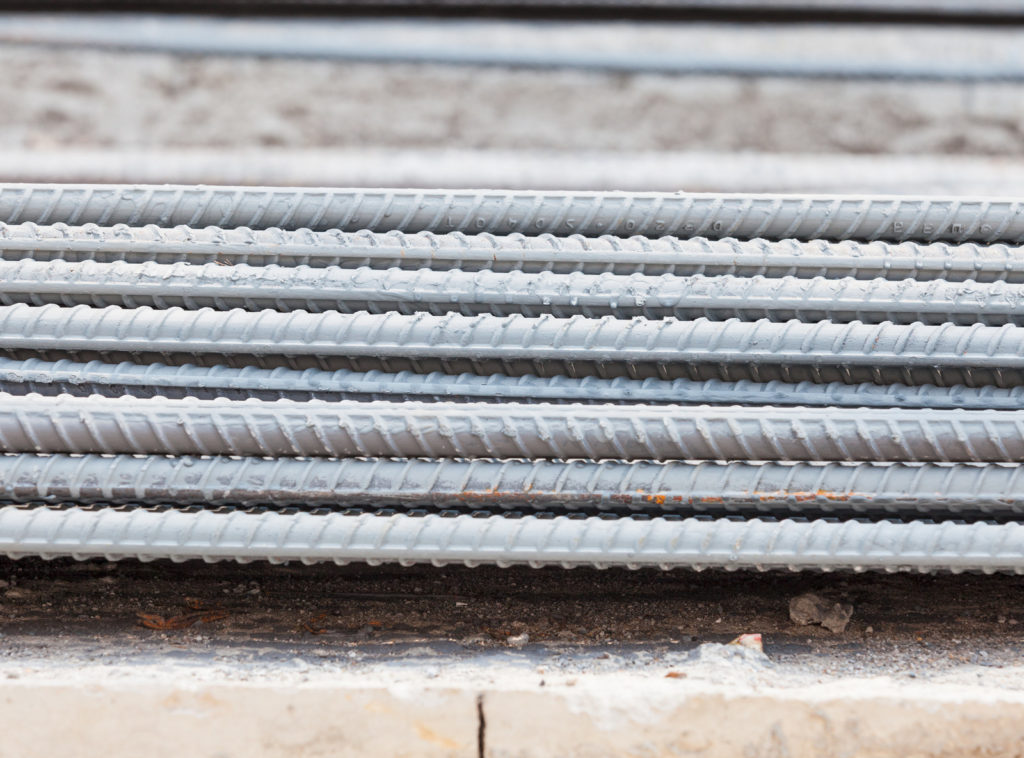A huge number of industries use ropes in their work. A rope can be defined as a flexible structure, cord, or string that is made up of several fibers, threads, or strands that are twisted together. Ropes are used for many purposes, such as mooring, holding, moving heavy objects, and more.
Industrial wire ropes are one type of ropes that are used to perform heavy-duty tasks.
It is very important for these ropes to be protected and lubricated in order to have a long life, function properly, and prevent accidents. Without proper protection, the internal metal strands will start to corrode, and the rope will become weak. This could even cause injury or death if the rope snaps.
Furthermore, wire ropes should always be lubricated because it reduces the friction between the metal strands. This helps to reduce the wear and tear of the rope, which results in extended life. There are many different types of wire rope lubricants available for use on the market today. Some are not very effective, while others are highly efficient at their job.
There are four main types of wire rope protection and lubrication techniques. These include internal coatings, external coatings, internal compounds, and external compounds.
Internal coatings can be applied to the individual wires or strands which make up the cable within the cable itself. This also protects them from corrosion by insulating them against other metals in the rope. The coatings are usually a thin polymer, grease, or oil, which can be applied to the wire during manufacture or on-site. This method is mainly used for high flexibility ropes and flexible wires. External coatings are not very common because they do not provide any lubrication benefits, and it just creates a layer that has to be scraped off. The wire rope is already surrounded by a thick layer of metal which prevents the coating from sticking to the outer surface.

Internal compounds are mostly filled with lubricants and fillers, such as graphite and molybdenum disulfide. (masto.no) They protect and lubricate the metal strands within the core of the rope itself. However, because these compounds are in a liquid form, they will flow out of the rope over time.
External lubricants are often greases or oils that coat the outside of the core wire rope. They protect it from contaminants and moisture, which can attract rusting particles. Oils repel water which prevents corrosion, but they do not provide much lubrication when the rope is in use. (https://masto.no/products/wire-rope-lubricator/)
Greases are more effective at preventing corrosion because they contain more lubricants that attract water particles, allowing them to be carried away by the grease itself.
In conclusion, it is very important for industrial wire ropes to be protected and lubricated, so they function properly. If this does not occur, the metal strands will corrode, and the rope could snap, which could cause injury or death if it falls onto someone. There are many different types of wire rope protection and lubrication techniques available. Some are more effective than others at protecting the wire from corrosion and preventing it from snapping, such as internal compounds created to attract any contaminants around the metal strands to carry them away.